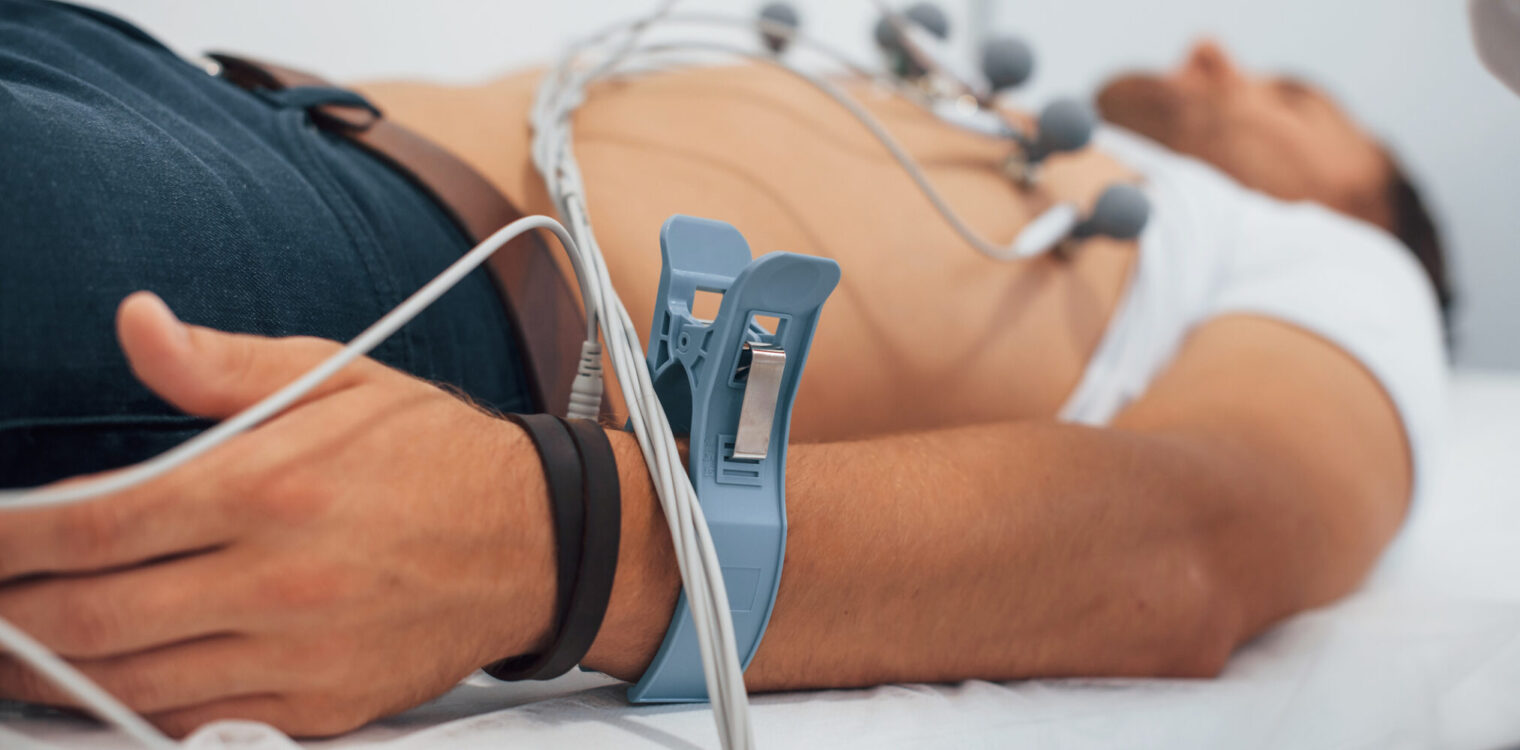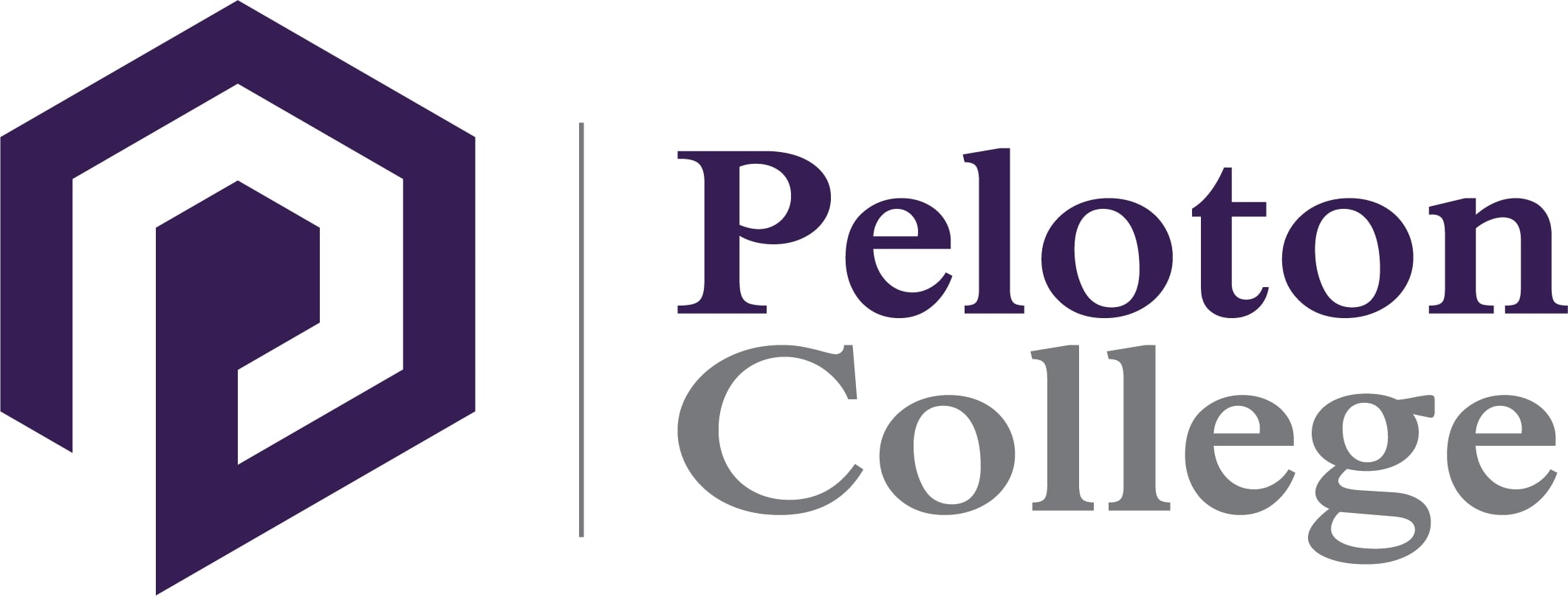Do Medical Assistants Administer EKGs?

Are you interested in becoming a medical assistant and wonder what they do? Medical assistants have many duties and one of the most important duty they perform is the electrocardiogram (EKG). Not sure what an EKG is or how it works? No worries. The good news is that you will learn what an EKG is and how to administer it during a medical assistant program. So, what is an EKG?
What is an EKG?
The EKG is a diagnostic exam for evaluating the electrical pathways through the patient’s heart. With each beat, an electrical impulse travels through the heart. This electrical impulse causes the muscle to squeeze and pump blood throughout the body. The EKG can measure how fast the heart beats and how well the chambers conduct electrical energy.
Why Perform an EKG Exam?
An EKG exam is a non-invasive way for a physician to check the patient’s heart rhythm, identify whether blood is flowing to the heart properly. The EKG also identifies abnormalities of the heart, the orientation of the heart in the chest, and increased thickness of the heart muscle which would suggest a heart disorder.
Preparing A Patient for an EKG?
Before performing the EKG, you will make sure that no other equipment can cause any electric interference or avoidable artifacts. Anything that makes a noise or has an electrical current must be turned off during the EKG exam, like microwaves.
First, you will explain the EKG exam to the patient, answering any questions the patient may have. You will ask the patient to remove all items that may interfere with the EKG, stay motionless and lay down on the table on their back. You will then clean the patient’s skin with rubbing alcohol where the 12 electrodes will be placed and apply the electrodes in the proper positions.
The EKG has 12 leads that produce a two-dimensional record of the impulse waves of the heart. Each lead records the electrical impulse through the heart from a different angle, allowing the doctor to visualize the heart and identify any abnormalities. The EKG leads will then be attached to the electrodes. You will enter the patient data into the EKG machine and the EKG tracing will begin. Next, you will learn how to identify artifacts in the results. During the exam, all artifacts are identified and eliminated. You must redo the EKG exam if the results have significant artifacts. After the EKG is complete, you remove the electrodes and allow the patient to get dressed. Finally, you record the procedure on the patient’s chart and submit it to their electronic health record. If any emergency is detected, you will alert the physician right away, so the patient doesn’t suffer from any heart issues.
How is an EKG Interpreted by the Physician?
Whether weak or strong, fast, or slow, each beat of the heart produces an electrical current that an EKG machine can measure. The doctor will examine the waveforms associated with the cardiac cycle and will measure the PR Interval, PR Segment, ST Segment and Ventricular Activation Time. To measure these variables, the doctor will measure the waves labeled with letters P, Q, R, S, T, and U. The elements that are considered from these measurements include rate, rhythm, axis, hypertrophy, ischemia, infarction.
- Rate – how fast the heart is beating
- Rhythm – regularity of cardiac cycles and intervals
- Axis – position of the heart and direction of electrical movement through the heart.
- Hypertrophy – size of the heart
- Ischemia – decrease in blood supply to an area of the heart
- Infarction – death of heart muscles resulting in loss of function.
What Do Doctors Learn from EKGs?
An EKG is one of many tests used to evaluate heart function, but it’s among the most diagnostic. By examining waveform patterns, doctors can detect dysrhythmias, ischemia, hypertrophic cardiomyopathy, electrolyte imbalances, heart attacks and myocardial infarctions:
Dysrhythmias — an abnormal rhythm particularly in the heart or brain
Ischemia — a condition where the blood flow is restricted in a body part, causing a loss of oxygen
Hypertrophic Cardiomyopathy — a disorder that makes it hard for the heart to pump the blood.
Electrolyte Imbalances — a loss of body fluids that may cause irregular or fast heart rate.
Heart Attacks, or Myocardial Infarctions — occurs when the blood is restricted or blocked and can’t travel to the heart to deliver oxygen.
Doctors routinely order EKGs to rule out heart disease as the cause of common symptoms such as:
- Fatigue
- Dizziness
- Shortness of Breadth
- Chest Pains
Advantages to an EKG
There are many advantages to an EKG. From being quick and portable to being a cost-effective way to measure the heart, and everything in between. Physician’s take advantage of the EKG test to offer a preliminary evaluation of a patient’s heart.
They’re Quick and Portable
An EKG is quick and portable. It can be moved from one exam room to the next and administer as many EKG tests as needed in a physician’s office without downtime, only a disinfection for the patient’s safety is needed.
They’re Non-Invasive
There are many invasive ways to view the heart, but the EKG test is not one of them. An EKG test is non-invasive, nothing is cut or inserted in the body. The EKG electrodes stay outside of the body and give a preliminary indication if any abnormalities are present. Additional invasive tests may be administered if the findings suggest further testing.
They’re Painless and Easy
The patient doesn’t feel any pain. However, some patients may have to be shaved at the site of the electrodes. The patient doesn’t feel the test and the only hardship they will encounter is having to stay still for a few minutes while you administer the test.
They’re Cost-Effective
Procedures in a doctor’s office can be costly, especially minor surgery. Since the EKG only involves the time of the medical assistant and are non-invasive, they are seen as a cost-effective way to view the heart and check for abnormalities.
When Does a Medical Assistant Learn to Administer an EKG?
You will learn to administer the EKG during your medical assistant program. An instructor will work with you step by step to prepare for the EKG test, educate the patient on the procedure, administer the EKG, interpret the results making sure no artifacts are present, and cleaning the electrodes so that the next patient receives a clean EKG machine. During the medical assistant program, you will practice administering EKGs on your classmates until you build up your confidence to administer the test on real patients.
Final Thoughts
Now that you know what an EKG is and that a medical assistant administers the exam in a medical facility, it is time to learn more about Peloton College and our medical assistant program. If you enjoy communicating with patients and have an attention to detail, then becoming a medical assistant may be the right career path for you.
Want to Learn More?
The objective of this Medical Assistant training program at Peloton College is to prepare the student for employment as an entry-level Medical Assistant performing administrative, clerical, and clinical duties within the health care field.
The mission of Peloton College is to be the premier provider of hands-on training and education by providing students and graduates with the necessary skills to secure occupational careers. Contact us today to learn more.



